The OPRL organisation said it hoped that the tool will provide a visual prompt to packaging technologists.
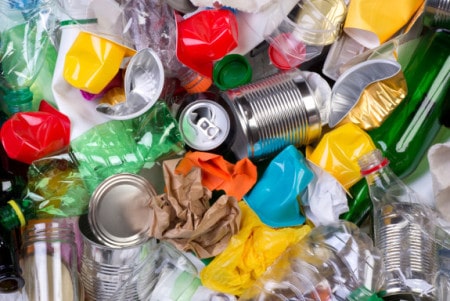
Based on its ‘Materials Matrix‘, the tool sets out the recyclability of 371 combinations of packaging components and materials from paper bags to black plastic ready meal trays.
According to OPRL, by clicking on each component material recyclability icon, the user can build combinations of up to three packaging components to preview the correct label. The user can then click through to download the correct label from the OPRL Label Artwork Library.
Labels
If the combination chosen is not among the 1,800 plus labels already available, a bespoke label can be commissioned free of charge.
As the ‘Materials Matrix’ is structured in a hierarchy of ‘Recommended Materials’, ‘Other Recyclable Materials’ and ‘Less Recyclable Materials’, the user can see whether the choices made are the most recyclable available.
Jane Bevis, chair of OPRL said: “This new tool is aimed at packaging technologists who are knowledgeable about the range of packaging materials available, but perhaps less familiar with their recyclability in particular circumstances. For example, non-black HDPE is Widely Recycled in the form of a blister or box, recyclable in larger stores alongside carrier bags as wrap, but Not Yet Recycled when formed into a carton or packing.
“The tool makes it very clear when other materials would be a better option from a recycling standpoint.”
Ms Bevis continued: “The Matrix tool stands alongside our simple labelling tool released earlier in the year, which does the same job but in a format less intimidating for those with a less technical background. It is another step towards OPRL providing a full suite of tools to aid our members right through from designing recyclable packaging, labelling it consistently and accurately, and engaging consumers in acting on that advice and recycling packaging effectively.”
Categories
OPRL is used across a number of well-known food and drink brands to denote the recyclability of product packaging to consumers, and was first launched with the backing of the British Retail Consortium in 2009.
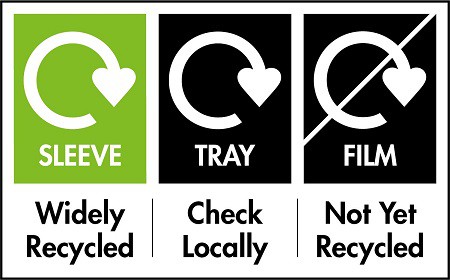
The label, which replaced the ‘potentially confusing’ range of symbols previously used, has three categories which tell consumers how likely it is that their local authority will accept specific packaging materials for recycling. The categories are: Widely recycled (75% or more of UK local authorities collect that type of packaging); check local recycling (between 20% and 75% of UK local authorities collect that type of packaging); and not currently recycled (fewer than 20% of UK local authorities collect that type of packaging).
WRAP
According to OPRL, latest figures from research commissioned by WRAP (September 2016) show 7 in 10 people recognise the On-Pack labels.
In February, the OPRL scheme changed its guidance for plastic pots, tubs and trays and aluminium foil to suggest that the materials are now ‘widely recycled’ by councils at the kerbside. (see letsrecycle.com story)
Under the changes, plastics packaging such as pots, tubs and trays are now considered ‘widely recycled’ under OPRL guidelines.






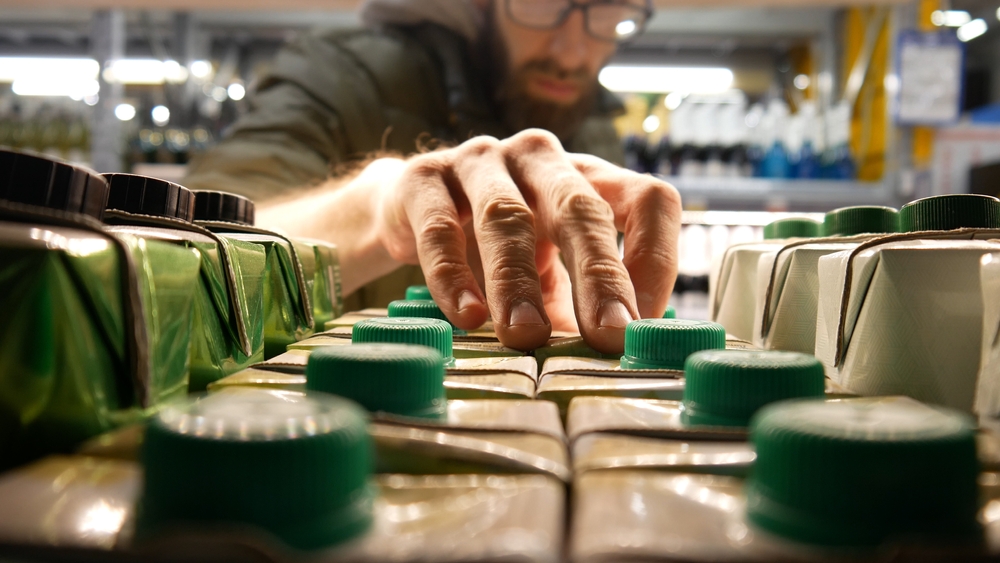
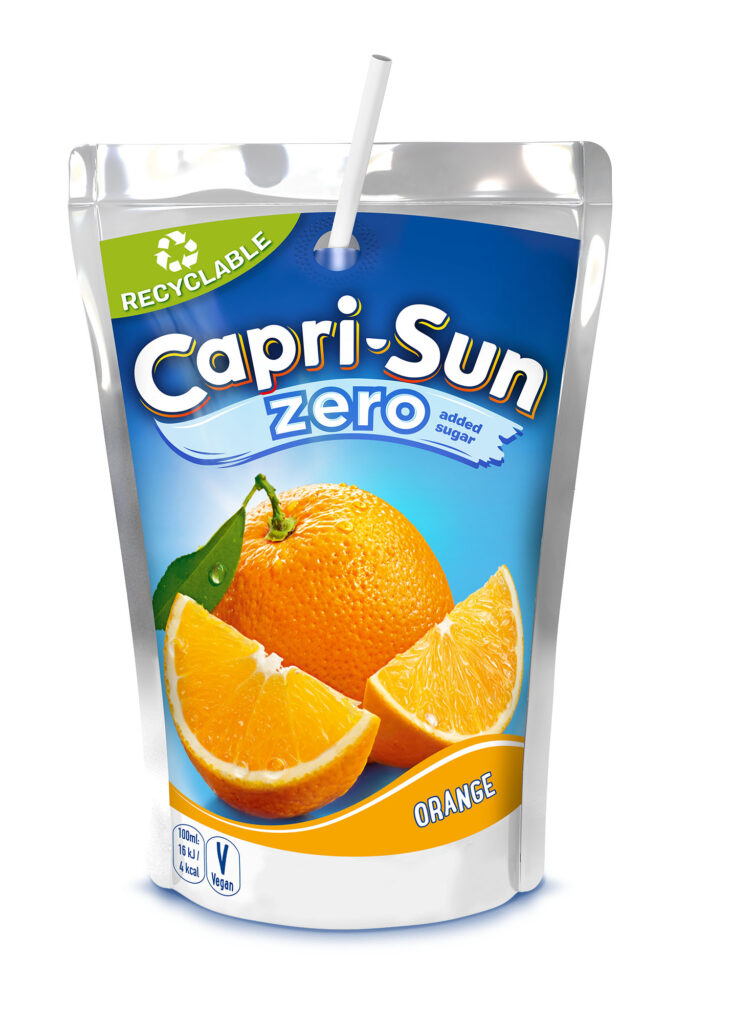
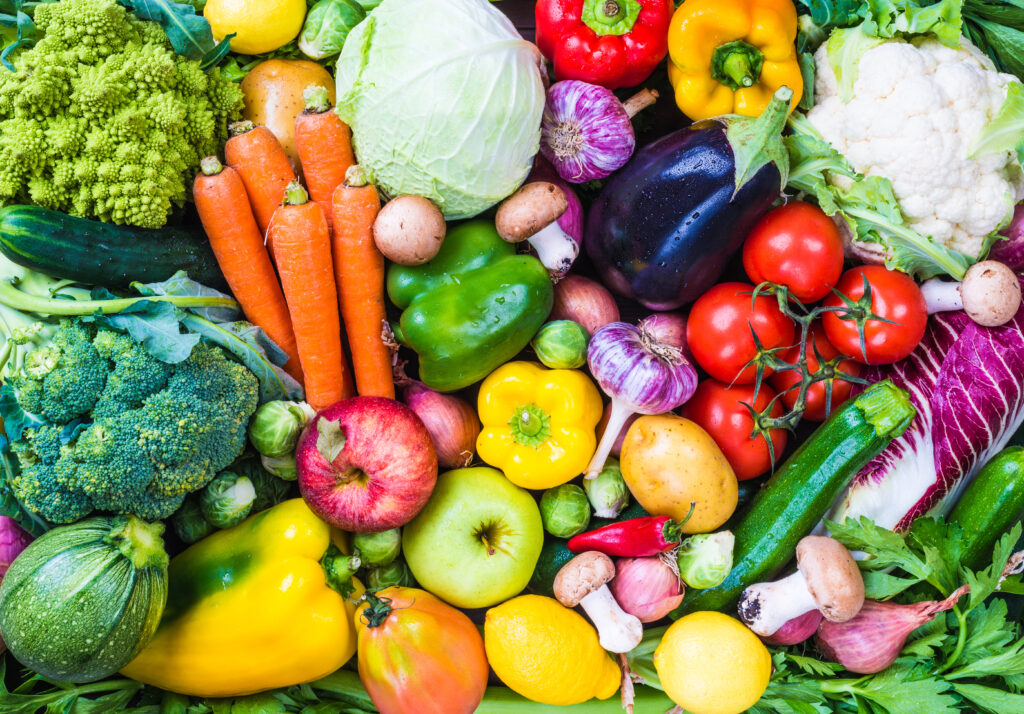
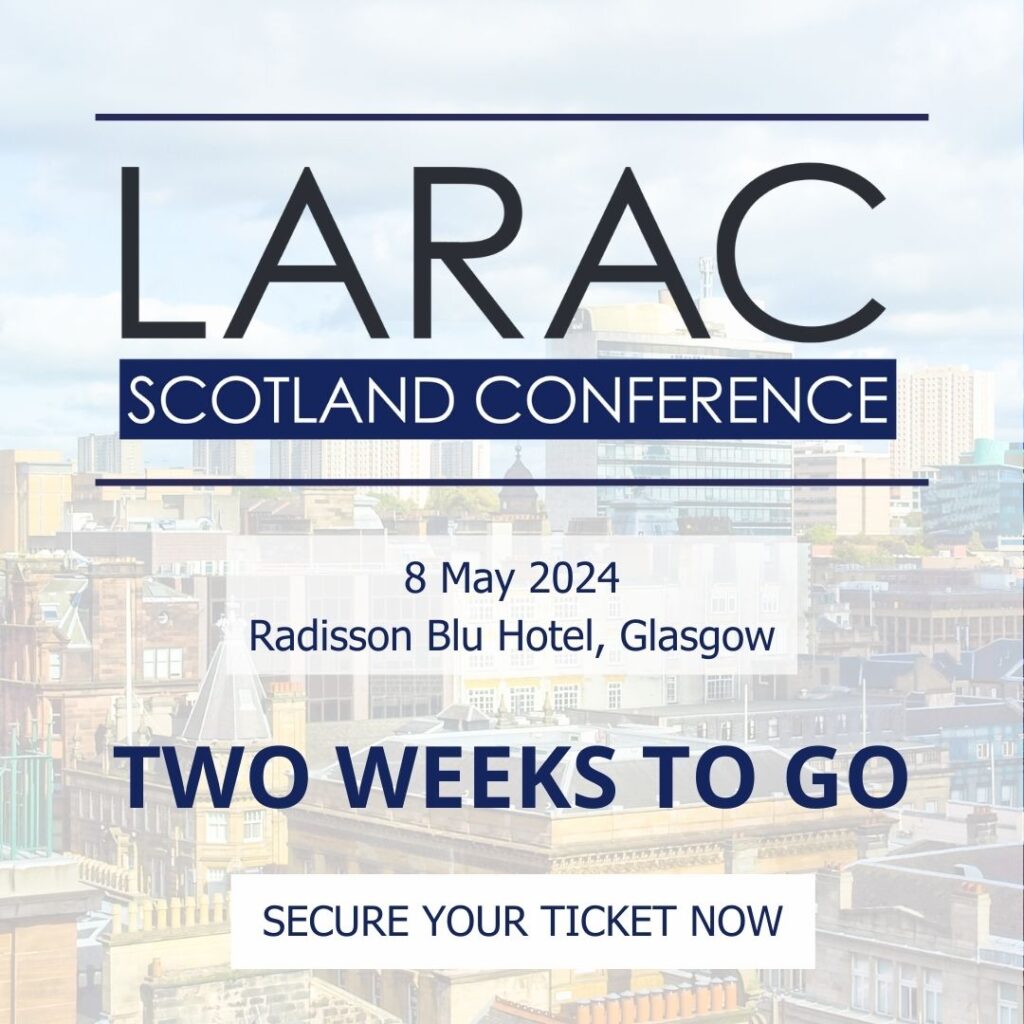

Subscribe for free